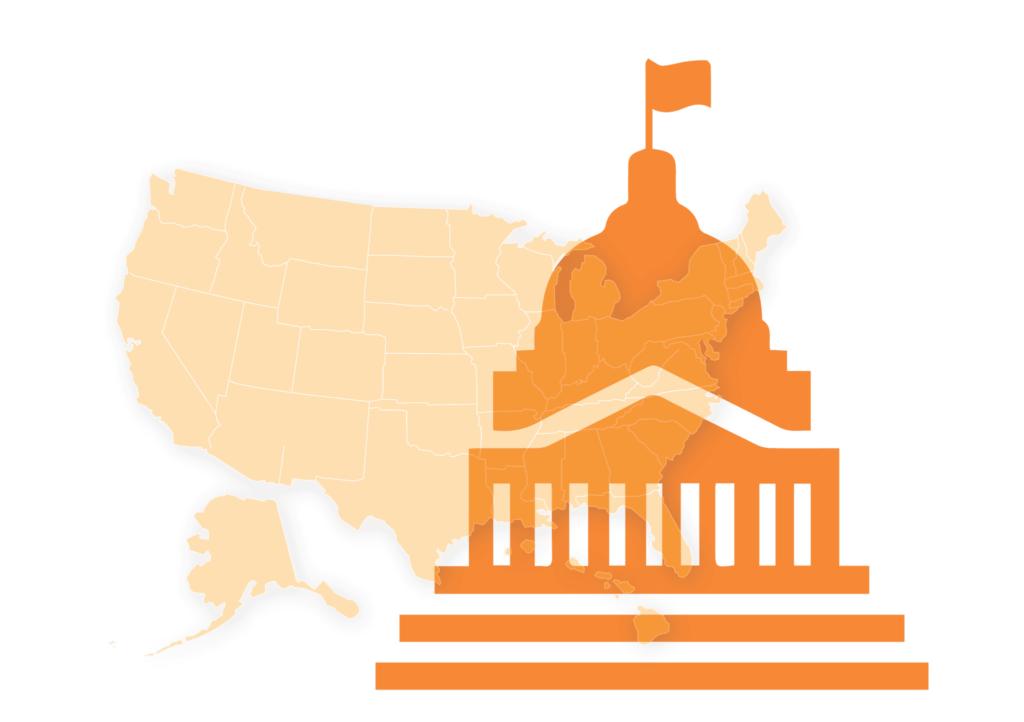Soon, the Senate Appropriations Subcommittee on Labor, Health and Human Services, Education, and Related Agencies will be deciding on a budget for the 2019 fiscal year. Among the programs to be budgeted under the committee are K-12 education programs. Unsurprisingly, the current administration has proposed to eliminate a number of discretionary education programs.
Among the proposed programs to be cut are the School Leader Recruitment and Support Program (SLRSP), and Title II-A, which provides funding for teacher and principal training and recruitment. It is imperative that the Appropriations Subcommittee reflects on the benefits these programs have on low-income communities as it considers defunding them.
Reasons for defunding SLRSP include claims that the “small program has limited impact and effectiveness and duplicates other federal funds that may be used to support local efforts to recruit, train, and retain effective school leaders.” However, the $14.5 million dollar program is the only federal program that invests in strengthening school leadership in high-need schools through evidence-based, locally driven strategies. According to research funded by the Wallace Foundation, there is “virtually no documented instances of troubled schools being turned around without intervention by a powerful leader.” SLRSP provides a resource to school leaders who are hoping to strengthen their skills for the benefit of their schools, faculty, and students.
As highlighted in Ed Trust’s podcast ExtraOrdinary Districts, we don’t have to look any further than Chicago to illuminate proof points on why it is important to invest in leadership development.
In the 1980s, then-U.S. Secretary of Education William Bennett characterized Chicago Public Schools (CPS) as the “worst” school system in the country and argued for more or less giving up on it. Fast forward to 2018, and this year’s results on the National Assessment of Educational Progress, and we find CPS among the top urban districts for increases in eighth-grade math and fourth-grade reading. School leadership has been cited as the most salient lever for CPS’ success. In partnership with the University of Illinois-Chicago, CPS hypothesized that school leaders were proving to be a powerful catalyst of improvement. The researchers found a direct correlation between an effective teacher workforce, higher graduation rates and test scores, and leaders who set high expectations, creating results-driven teaching and learning environments.
Similarly, ESSA’s Title II-A program provides support for teachers and school leaders through grants to states and districts. Those grants can be used to address inequities in access to effective teachers, provide professional development, improve teacher recruitment and retention, and invest in increasing educator diversity. According to New Leaders, 98 percent of school districts receive Title II, Part A funds. In order to continue to strengthen teachers’ skills and ensure they have a positive effect on their students, programs like ESSA’s Title II-A are essential and must continue to receive funding.
When I was a state commissioner in Delaware working cooperatively with teachers and leaders across the state, I witnessed firsthand the powerful impact of networked communities of educators collaborating to glean the skills and knowledge from rigorous academic standards that students must master to be college- and career-ready. According to the teachers and leaders engaged in the process, unpacking new, conceptual standards and aligning curricula to be used for classroom instruction based on those standards proved to be the most significant professional learning experiences. The state structured and offered dedicated time for educators to convene to share their content and pedagogical expertise to complete the work of transitioning to more rigorous standards. Very little of this work would have been possible without Title II funding.
Maintaining funding for both SLRSP and ESSA’s Title II-A is an opportunity for Congress to emphasize the importance and impact that school leadership can have on a high-need school and its students. By funding SLRSP and ESSA’s Title II-A, Congress will be supporting the work of teachers and will ultimately be supporting the students, who benefit from strong educators and leadership. Not only is it vital for Congress to recognize the importance and impact that SLRSP and ESSA’s Title II-A have on school districts, but it is crucial that they continue to fund both programs when considering budget appropriations for the upcoming fiscal year.







